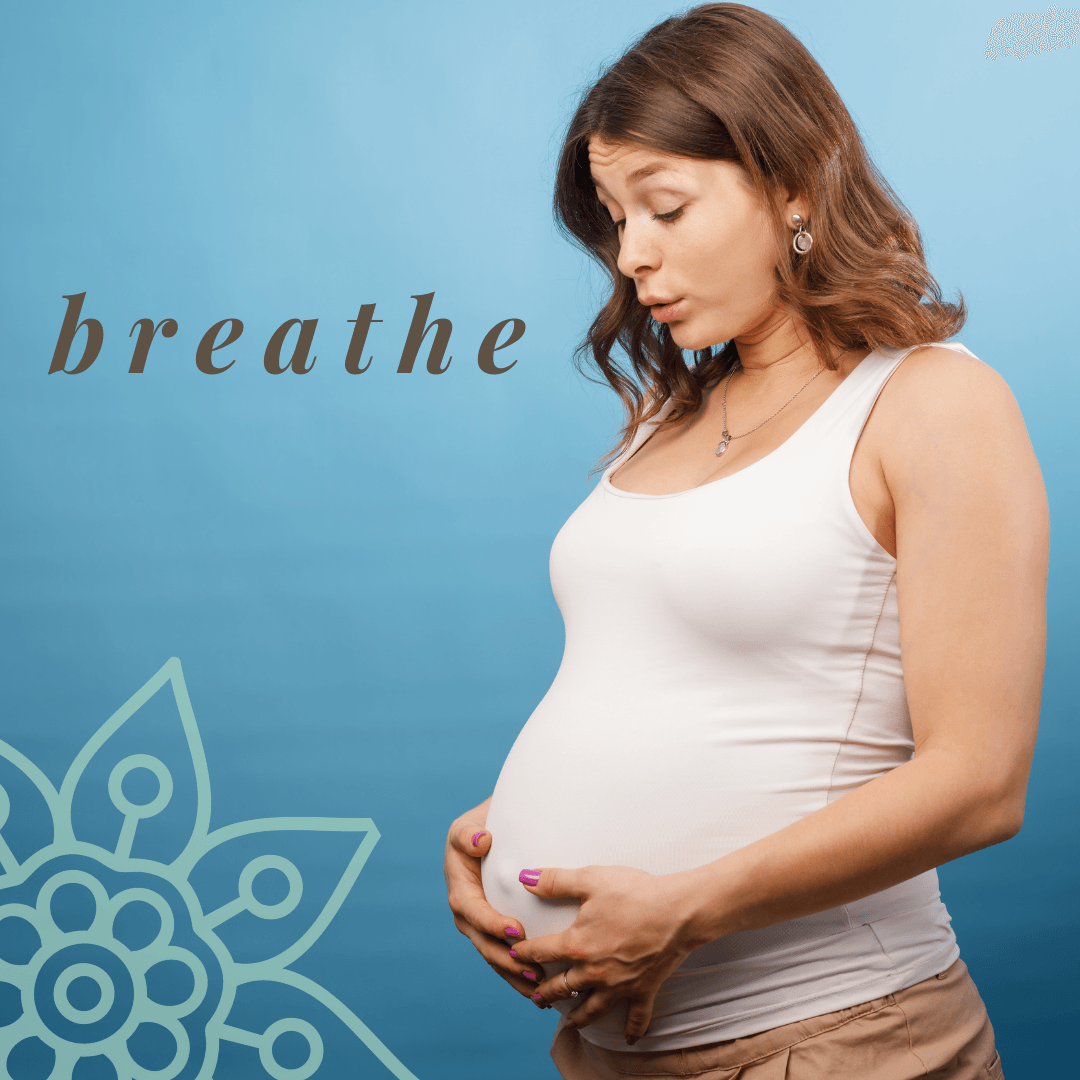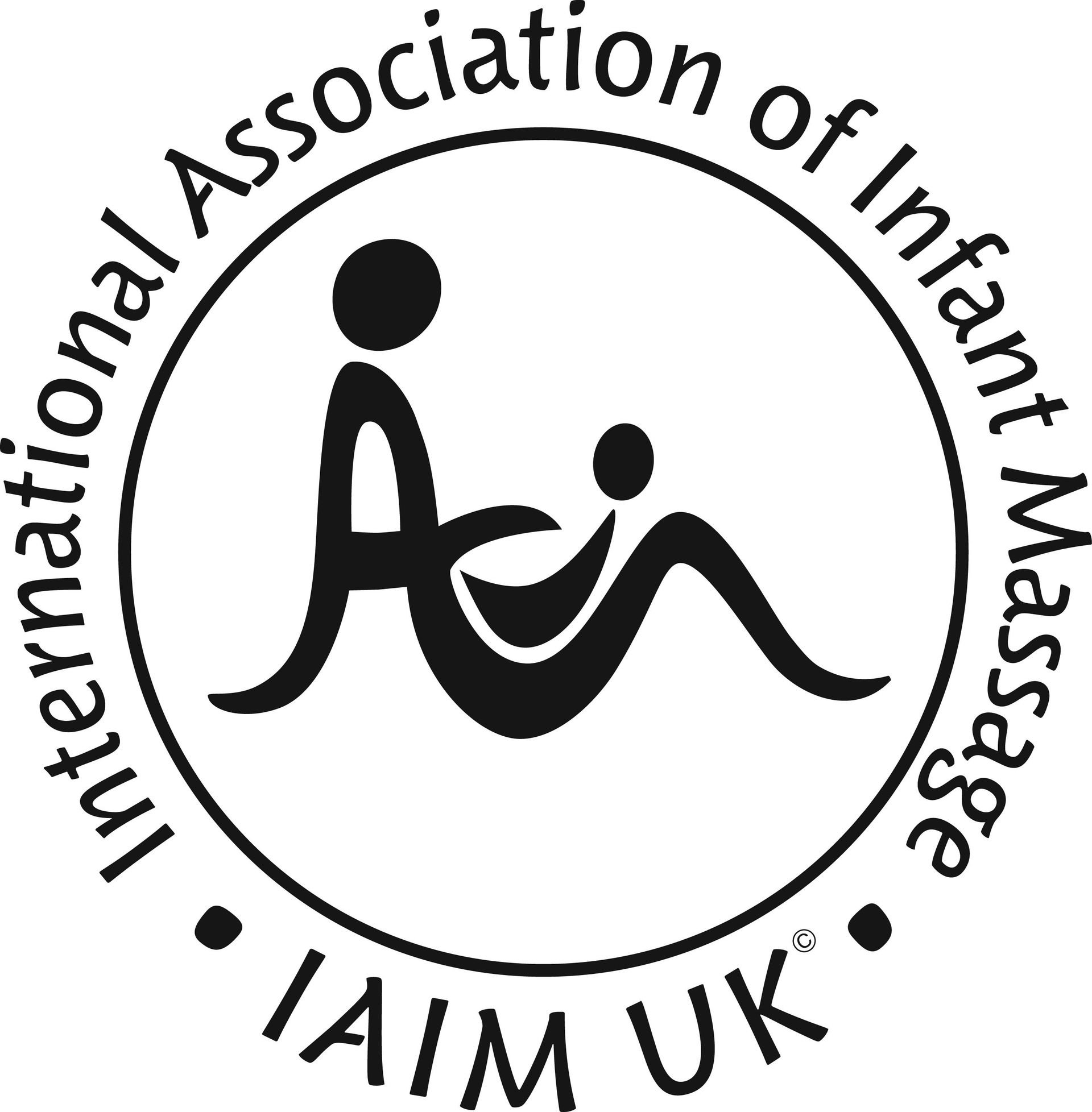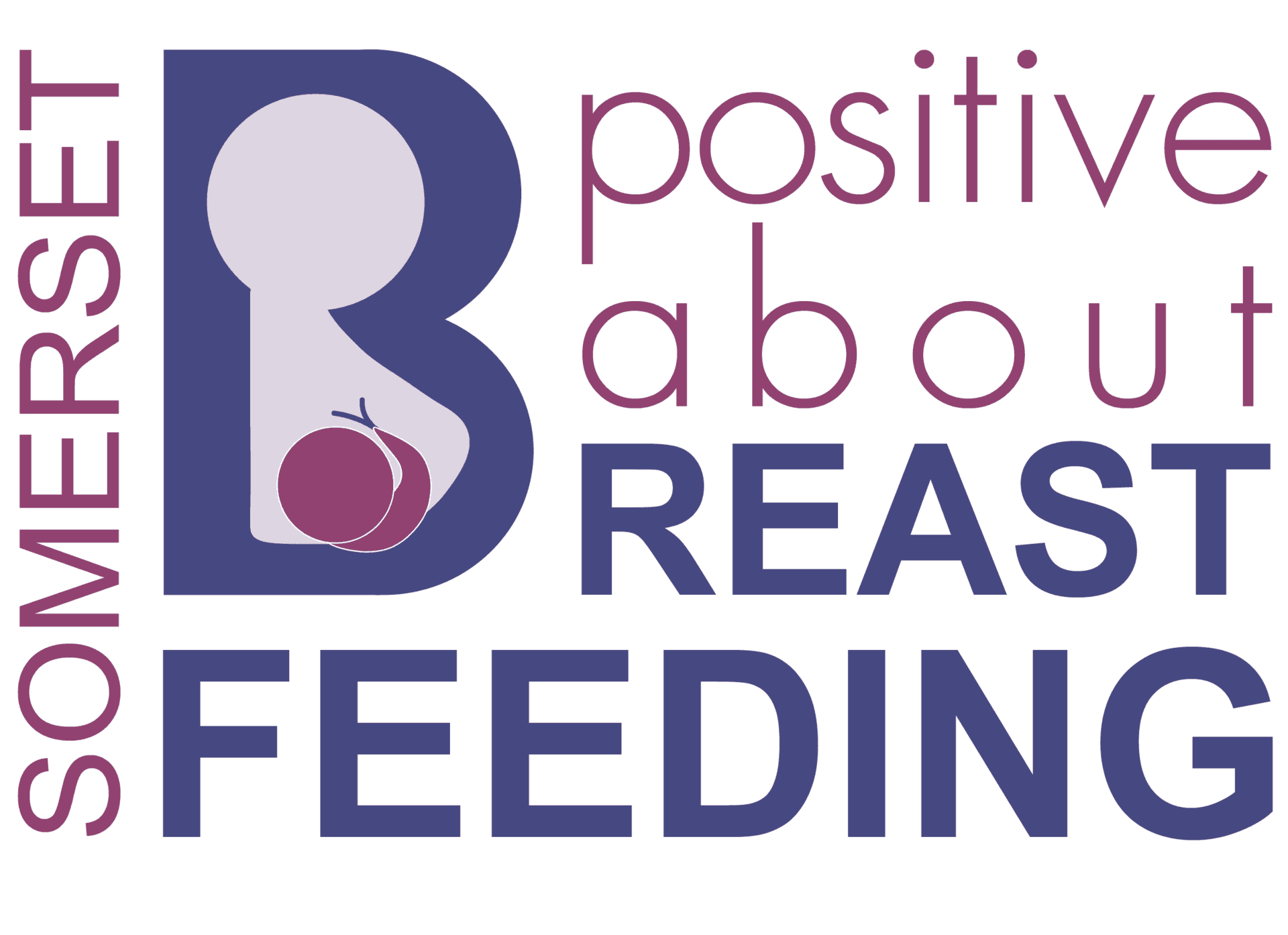How to Relax During Pregnancy - Four Yoga Practices

The Art of Relaxation
I can remember during my first pregnancy being incredibly stressed, finding it difficult to relax and nearly impossible to sleep. Just before getting pregnant with Archie my mother-in-law was diagnosed with stage three cancer – the full implications of how that impacted on me during pregnancy is maybe another story – but what I will say is that it was a stressful and upsetting time for all of the family. And weather it is an unexpected illness, death, work crisis, a pandemic or any other life change - stress can have a negative impact on our ability to relax and get efficient sleep. But why does this matter? Well, because if we’re not able to relax it means that those nasty stress hormones will be elevated -something we could all do without, but we may want to be even more mindful of it during pregnancy. However, relaxing does not come easily to everyone and it can take practice. Read on to find out about four useful practices. But first...
Why is relaxation so important throughout pregnancy?
Relaxation during pregnancy is important because it supports the health and wellbeing of both the mother and the baby in womb by keeping stress hormones and their effects from having a potentially adverse impact. During stressful periods the brain feels that you are in danger and as such the stress response is sent to the amygdala’s danger control centre (the hypothalamus) which triggers the autonomic nervous system to switch to the fight or flight response (otherwise known as the Sympathetic Nervous System SNS). When this happens heart rate, blood pressure and blood sugar rise to give you a boost to run or fight. There will also be increased blood flow to the arms and legs. At the same time there is a reduction in what the brain deems as more unnecessary functions like digestion with blood being directed away from vital organs including the womb. However, this type of extreme response usually occurs in small bursts – for instance when you need to make an emergency stop in the car, or maybe when someone startles you, or if you have an unpleasant confrontation with someone. The brain and body respond rapidly – kicking in the flight or fight response, and then we are usually able to quickly settle as the stress passes.
The bigger culprit when it comes to stressors are any ongoing medium stresses; things such as continued stressed at work, being bullied by someone, or having sole care responsibilities for someone – these tend to have longer-term implications on wellbeing. It is this type of stress that can for some individuals lead to issues of high blood pressure or chronic tension and insomnia. For women who are pregnant some research is showing that long term stresses may affect nutrient absorption, immunity, and there is some evidence that it may impact on how a baby’s brain develops its own stress response patterns in utero.
Yoga in general is known to help people to reduce and better manage stress, as the practices support making physical changes within the brain and the nervous systems - creating new neural pathways that build alternative ways for the body to cope with and respond to stressors. Here are a four gentle and simple yoga practices for relaxation.
Shavasana During Pregnancy
i. Settling the body – Shavasana (modified for pregnancy). Finding a supported laying position with support under the knees to alleviate discomfort on the lumber spine. After 28 weeks the position should not be on the back but on the left side with support to keep the knee and hip aligned, or in a semi- sitting position against a wall with knees bent. Finding and supporting a comfortable Shavasana position helps to calm and relax the body and allows the mind the opportunity to be less distracted by discomfort, pain or restlessness in the body - this increases the opportunity for rest, relaxation and recuperation while the mind can focus intentions elsewhere – such as watching the breath. Relax the body with each exhale, then enjoy the release of tensions. Allow 10 -20 minutes in Shavasana to give the body time to really release and benefit from the practice.
Using the Breath to Relax
ii. Deep relaxation watching the breath. The breath is the one place that we can tap into the autonomic nervous system and take some control of it. When the breath is deepened and elongated it activates the Parasympathetic Nervous System and supports relaxation in the body and mind - while also encouraging the release of the ‘feel good’ bonding hormone oxytocin. Watching the breath involves a focus on the breath coming in through the nose, feeling the expansion of the lungs and noticing the ease that comes to the body on the exhale. As you breath out gently extend the exhale so its long and slow; this really helps to tip the mind and body into relaxation mode. Following the soothing rhythm of the breath lulls the mind into a gentle meditation and the body into a tranquil place. This practice is beneficial if experiencing insomnia or anxiety; it can also be used to relax between contractions when in labour, and to use as a time to relax and bond with baby both during pregnancy and after. You can combine this practice with the Shavasana practice described above.
Walking Meditation
iii. Grounded Walking Meditation. The coordinating of the breath and footsteps while bring attention and connection to your baby. During this practice the eyes are open but soft, with the inhale and the exhale matching and moving with the slow rhythm of the moving feet; mindfully feeling the weight move from the heel of the foot rolling through to the toes, and then noticing the weight transfer to the other foot. Use a long slow breath (as described in the Breathing practice above) to increase your relaxation and make this practice more meditative.
Yoga Nidra for Pregnancy Relaxation
iv. Yoga Nidra – or guided relaxation and imagery. This type of relaxation is usually guided and uses the power of suggestion and/or images to guide the mind’s eye around the body to support and promote relaxation of the body and mind. One hour of Yoga Nidra is said to be equivalent to four hours of sleep, and during pregnancy can be helpful in reducing stress and anxiety, managing fatigue, and easing nausea. Have a look on line or use the InsightTimer app to find a practice to enjoy.









